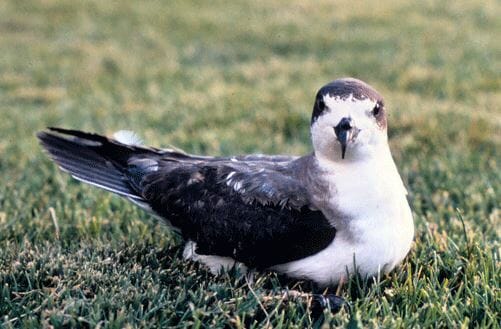Fuegian Snipes
The Fuegian Snipes, Gallinago stricklandii, also known as the Cordilleran Snipe, is a small stocky wader. It breeds in south-central Chile and Argentina south to Tierra del Fuego. It is mainly sedentary, but the Tierra del Fuego population winters in mainland Chile.
It is sporadically recorded in the Falkland Islands, where it has reputedly bred. However, here is only one recent record and the historical documentation of breeding is a lost specimen of questionable identity. The occurrences in these islands could therefore be due to either a tiny breeding population or vagrancy form the mainland.
This species is common in Tierra del Fuego and decreasingly so farther north in its range. It is sometimes considered conspecific (of, or belonging to, the same species) with Andean Snipe, Gallinago jamesoni.
The scientific name of the Fuegian Snipe commemorates the English geologist, ornithologist and systematist, Hugh Edwin Strickland.
Description
This 30-32 cm long snipe has a stocky body and relatively short legs for a wader. Its upperparts, head and neck are streaked and patterned with dark brown and buff, and gold edges to the feathers form lines down its back, which are not as sharply defined as in most snipe species.
The belly is buff with brown barring on the flanks. The horn-colored bill is long, straight and fairly robust.
The legs and feet are yellowish-green. Males and females look alike, and immature birds differ only in showing pale fringes on the wing coverts.
The Fuegian Snipe makes a chip-chip-chip call, and has a sharp, far carrying char-woo in its display flight.
The only other snipe with an overlapping range is the Magellan Snipe, Gallinago paraguiaiae. Compared with that species, Fuegian Snipe is obviously larger, with a heavy woodcock-like flight on broad wings which lack a white trailing edge. On the ground, it lacks the clear pale stripes of its smaller relative.
Behavior
The Fuegian Snipe is found in grassy and forested boggy areas with low scrub or rushes, at altitudes ranging from 4,200 m in the north of its down to nearly sea level in Tierra del Fuego, where it also occurs in unforested open grass and scrubby areas.
Little is known of its breeding biology, but it has a nocturnal aerial display, which involves flying high in circles, followed by a powerful stoop during which the bird makes a “drumming” sound, caused by vibrations of modified outer tail feathers. The drumming alternates with the char-woo call.
The Fuegian Snipe forages by pushing its long bill deep into the mud seeking insects and worms. Its cryptic plumage provides effective camouflage when the bird stands motionless amongst marsh vegetation.
Status
The Fuegian Snipes has a population has been estimated at less than 10,000 individuals, but could be even smaller. There may be some declines in the north of its range, and this species has been classified as near-threatened.



